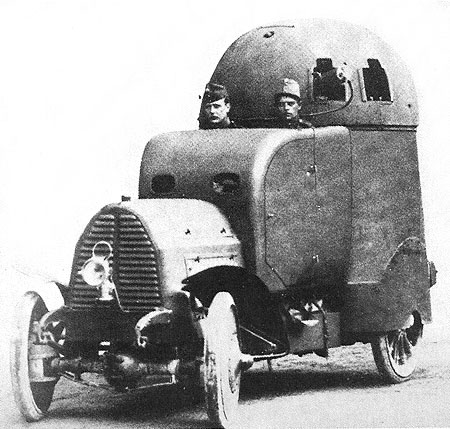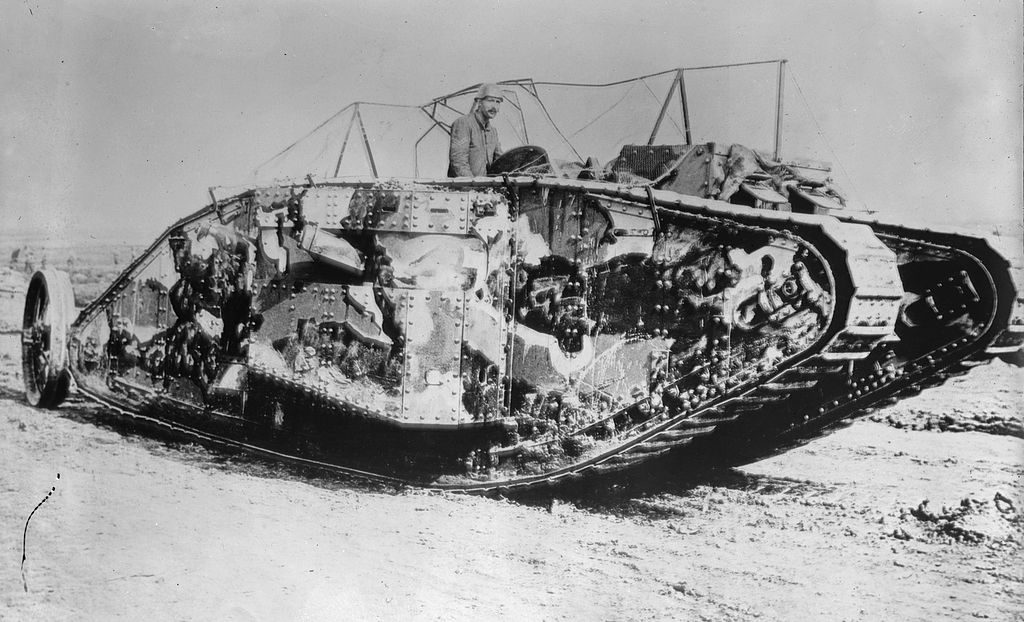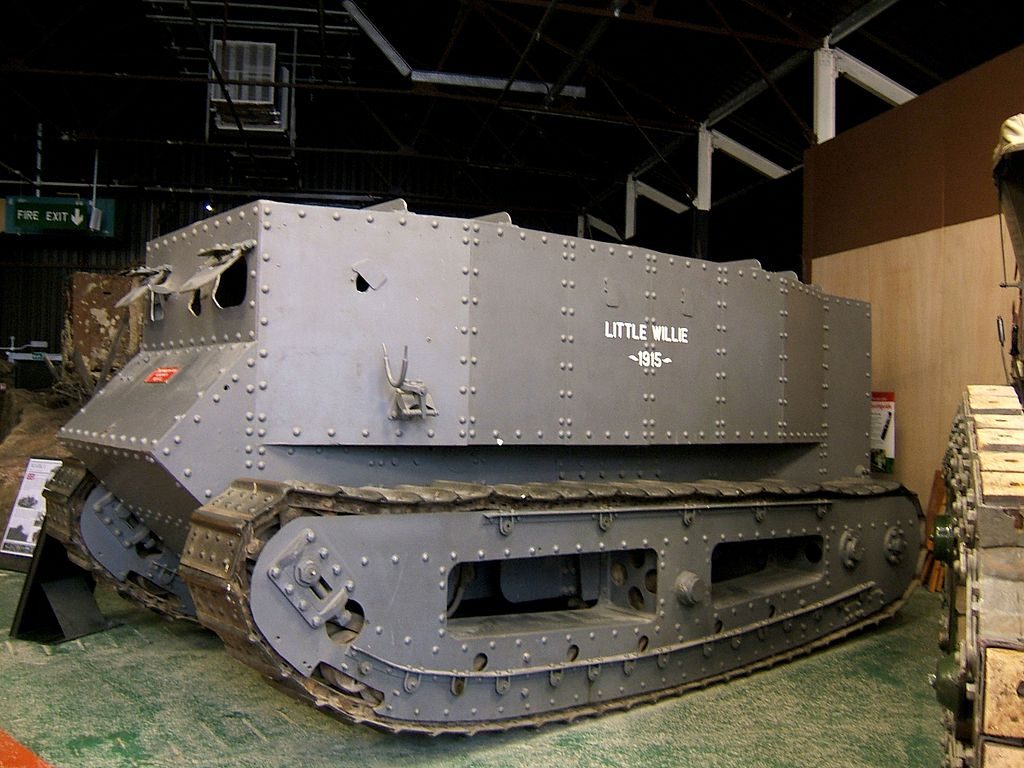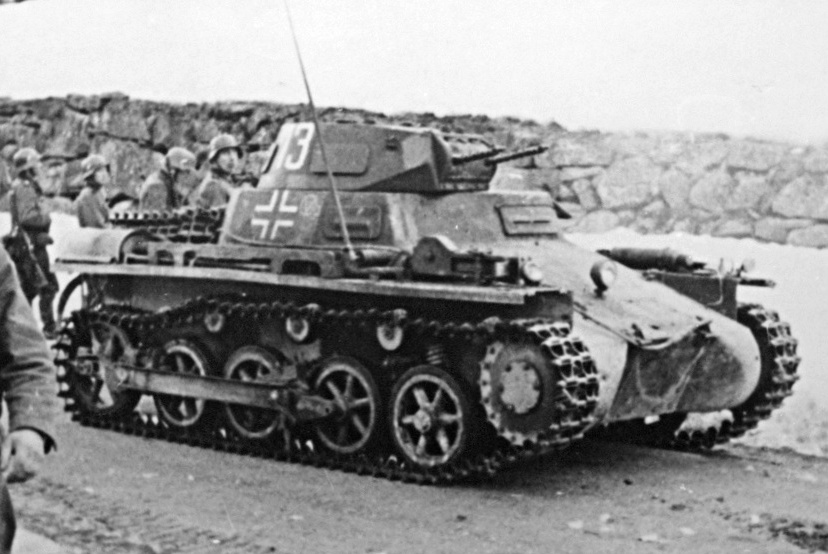The Origin of the Panzer Posted by Sten on Nov 11, 2018 in Culture, Language
It is Armistice, the English word for the German Waffenruhe (“weapon rest”). It marks the end of der Erste Weltkrieg (World War I), which was exactly 100 years ago today. At the time, Soldaten (soldiers) still fought on horseback, frequently used bayonets on their rifles and machinery was scarce. This changed on September 15, 1916, when the British brought a novelty to the Schlachtfeld (battlefield): The tank. But what did the Germans call it?
The First Tank
At the beginning of the 19th century, auto’s (cars) were still all the rage. The Verbrennungsmotor (internal combustion engine) made all kinds of innovations possible – including making soldiers mobile while offering protection with gepanzerte Fahrzeuge (ironclad vehicles).
And so one of the first designs was developed by Austro-Daimler, the Austrian branch of the Daimler automobile company, was commissioned to create a gepanzertes Fahrzeug in 1903. The result: The Austro-Daimler Panzerwagen. However, it never went into service. The word Panzer was already used, however.
Despite the fact that such designs were developed in more places around this time, this disinterest of national military in actually using an ironclad vehicle was not uncommon, because a war was simply not expected anytime soon.
Then World War I came around
On September 15, 1916, when the British brought a novelty to the Schlachtfeld: The tank. Even though this was looked into by other nations before, the British were the first to actually bring it to battle. Because the British design, like others, was influenced by the navy with its heavy armoring, the first tanks were named “Landship”, like the first one, Little Willie. It was really a ship designed to operate on land. Little Willie looks a bit like a water container, a water tank. And so the code name “tank” was used for the project, because the word “landship” gives it away.
However, after it was shown for the first time to the public, the word “tank” stuck.
When the British first brought this to the Schlachtfeld, the Germans also referred to it as Tank, and not Panzer. And even though the Germans developed gepanzerte Fahrzeuge later in the war, for example with ist A7V, the word Panzer did not replace the word Tank before the 1930s.
Panzer
Of course, the word Panzer was not new. The word means “armor” or “shell”. So a Schildkröte (turtle) has a Panzer, for example. This is the reason why in general, tanks really are gepanzerte Fahrzeuge, and the Panzer is just a part of the vehicle. Even the name of the first tank used by the Germans in World War II, Panzer I, was short for Panzerkraftwagen I (armored fighting vehicle I). So after that, Panzer became the normal word for “tank” in German.

Build vocabulary, practice pronunciation, and more with Transparent Language Online. Available anytime, anywhere, on any device.







